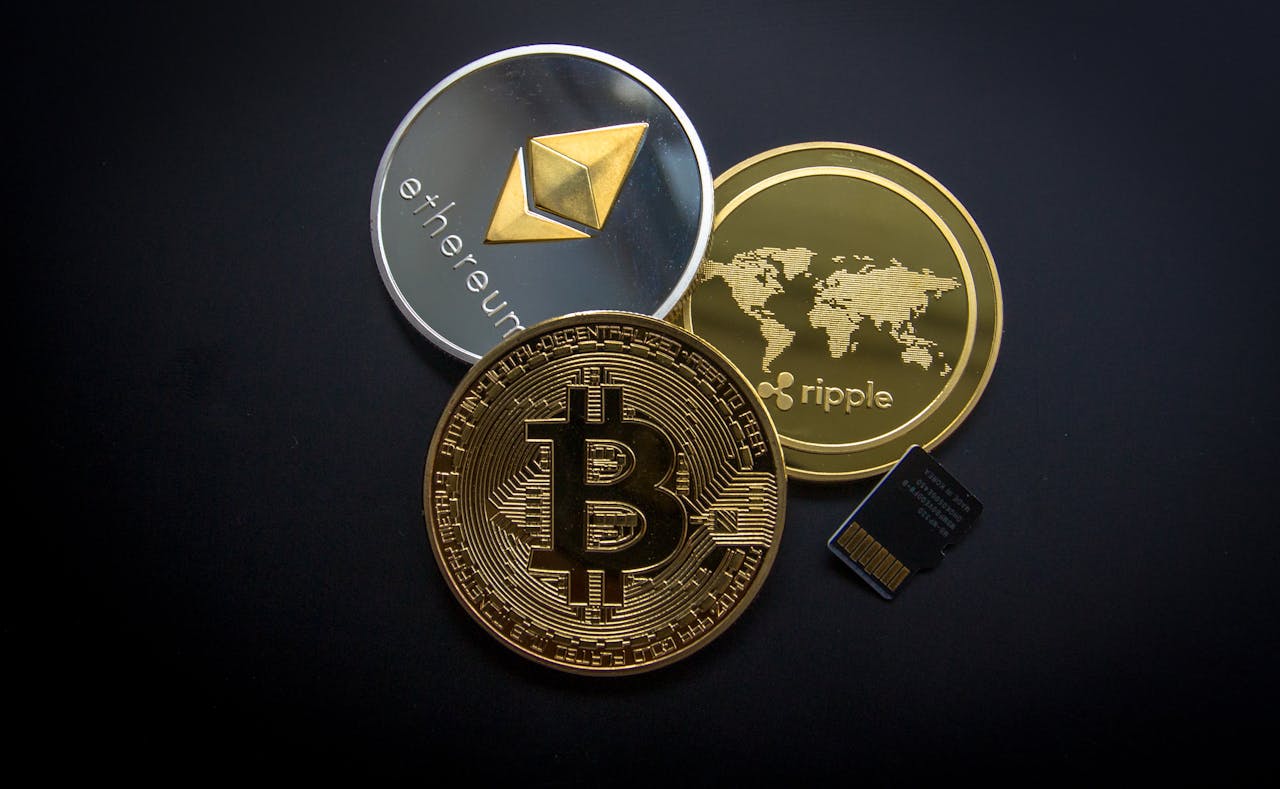Web3 is often described as the “next phase of the internet,” but what does that really mean? In simple terms, Web3 represents a shift from centralized control by big tech companies to a more decentralized internet where users own their data, assets, and identities. It’s powered by blockchain technology — the same system that runs cryptocurrencies — and introduces digital ownership through tokens, NFTs, and decentralized applications.
In Web2 (the current internet), users rely on platforms like Google, Facebook, and YouTube to store and distribute their data. In Web3, the goal is to return that control to the users themselves. For instance, instead of signing in with a username and password, you might use a crypto wallet, which gives you access to multiple apps while keeping your data in your hands. This concept of self-sovereign identity is one of the core promises of Web3.
Ultimately, Web3 is about creating a fairer digital world — one where communities, not corporations, shape the online experience. It’s still in its early stages, but projects in areas like decentralized social media, DeFi, and digital art are already showing what’s possible. By learning about Web3 now, you’re not just understanding a trend — you’re preparing for the future of how the internet will work.


